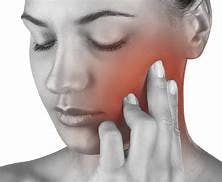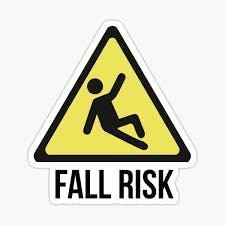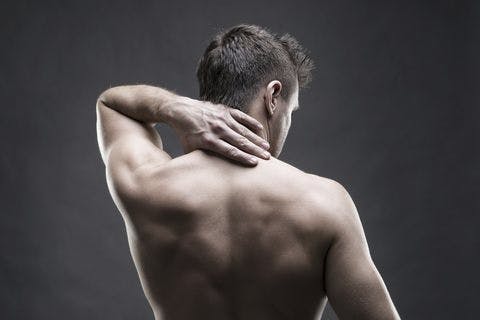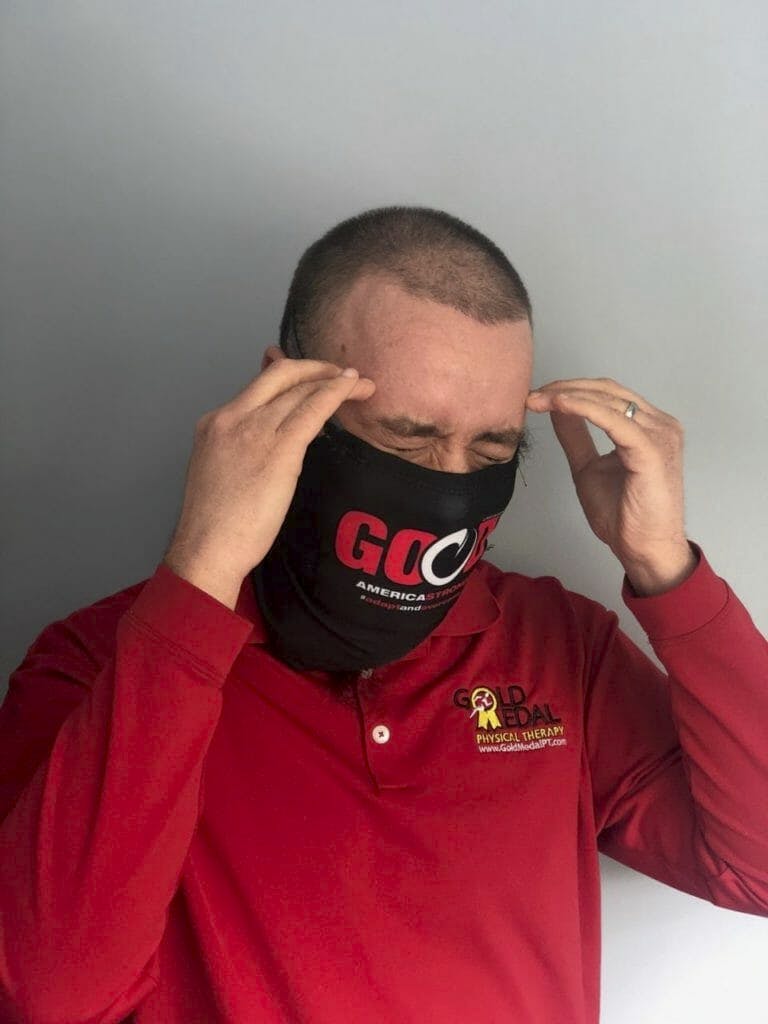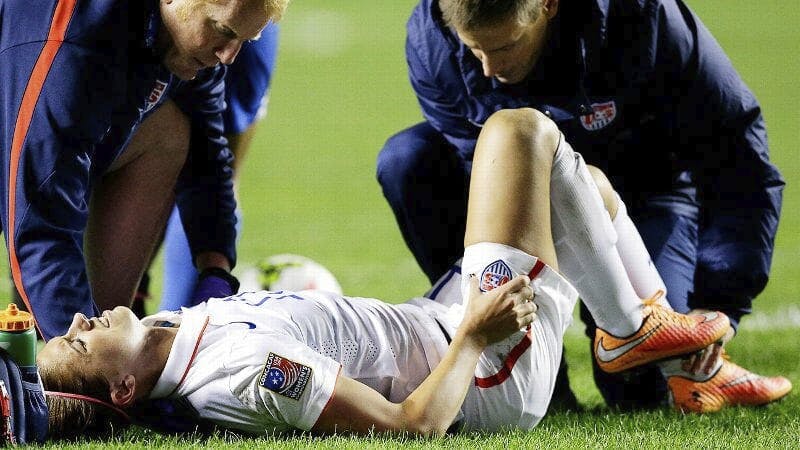Has the demarcation of the New Year have you setting new goals or starting a new routine? A popular one is embarking on a new fitness routine. This doesn’t mean you should join a gym or buy a treadmill, and to be truthful these big, sudden changes can have less staying power than small adjustments over time. Introducing exercise into your routine should be slow and steady, especially if it has been a while since you’ve worked out.
Starting an exercise program can feel overwhelming, and sometimes even impossible. It doesn’t have to be that way! Let’s break it down!
How do I start?
Stretch, always stretch. Make sure you are hydrated before and keep some water nearby while you exercise. Is there any type of movement or exercise you prefer? Are you a dancer? Do you need a low-impact workout? Does cardio or strength training appeal more to you? Don’t know? Well variety is the spice of life, so the more versatile your workouts, the more you challenge your body! Pick your favorite or find your preference, but we do recommend mixing things up every once in a while, at least.
How many times a week should I exercise?
In the first phase of your program start with 2-3 workouts and then increase the frequency every month by 1 more day a week until you are at 5-6 times a week. Your body does need at least one day of complete rest, but of those 5-6 days alternate more taxing workouts with lighter ones.
Grab a planner or a calendar. For someone with more fluid schedules it is easier to set a weekly goal, let’s say you plan on 4 workouts this week, write a 4 in the margin before the week, then each day you complete a workout put a symbol on the day to keep track. If you have a very structured schedule, carve out your workout time and schedule them out.
Also, mark down when you plan to increase your frequency so you can prepare! Listen to your body, if you’re not ready to increase your frequency don’t. It’s okay! Remember, everyone is going to adjust differently and it is so much better to take your time than to rush and feel burn out or get injured.
How long should I exercise for?
It can depend on what you are doing. A more intense cardio workout will be shorter, whereas, weight lifting can take more time because there are breaks between sets and you definitely don’t want to be speed lifting. General rule would be to set 20-30 minutes aside for a workout. Starting out this is a nice way to ease in both physically and mentally. If you build up your endurance and are handling it well, add a few more minutes to the end! If the goal is to move more than you were, than any increase is great!
What if I don’t have any equipment?
YouTube is a great resource to find all kinds of workouts! Search for body weight workouts, or workout from home. You can find cardio like kickboxing, aerobics, or dance classes. Second hand equipment can be a frugal way to get a low-impact cardio machine, or free weights. Resistance bands can be a cheap, versatile, and convenient option that you can find at Target, Walmart, or even Amazon. Even a brisk walk or bike ride outside would be a great choice! Walking is an easy form of exercise to track, whether by amount of time or distance. It can also help you get some time alone to clear your mind or destress.
How do I keep myself motivated?
- Find a workout partner or a cheerleader to keep yourself accountable! Just having a friend or family member check-in with you to see how your workouts are going can help keep you on track.
- Keep things interesting by finding new ways to exercise that you enjoy.
- Don’t take on too much, too fast. Ease in and plan!
- Reward yourself, find small rewards that you can allow yourself for when you reach goals or complete a number of workouts.
- Don’t beat yourself up if you fall off your routine or have a string of subpar workouts. Just keep pushing, and jump back on the train, you will be happy that you did!
Physical Therapists can also help you to find and begin a great workout routine that is tailored just for you! Especially if you are unsure what you can do safely at home. There is a safe and effective way for every person to get exercise and your Physical Therapist would be the best resource to get you on the most successful path!

